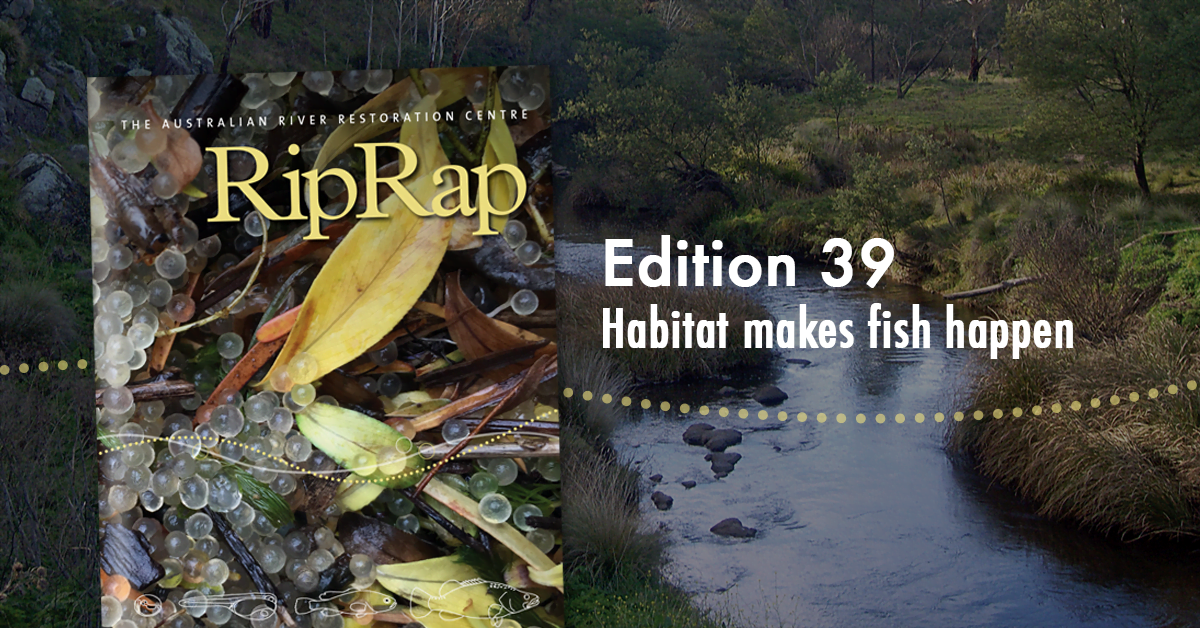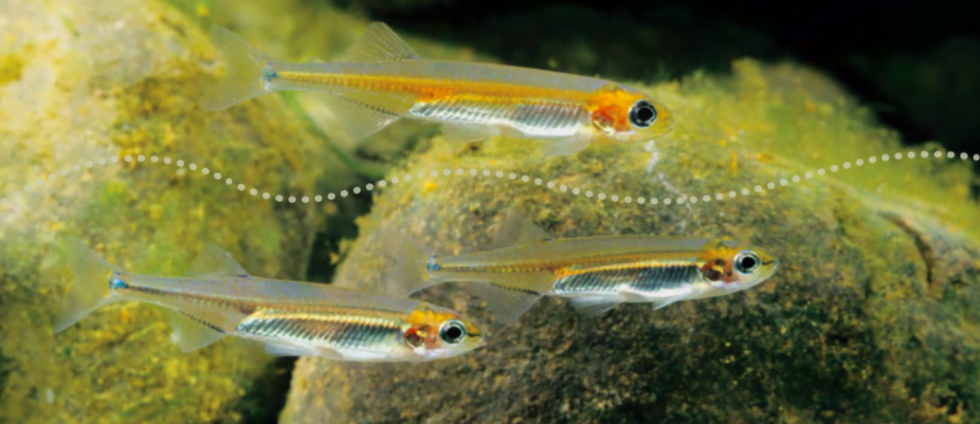Now we all know that we cannot go back to pre-European conditions, but it is difficult to restore full ecosystem function when key components of that ecosystem are missing and cannot return under their own steam.
What I’m referring to are locally extinct fish species. These may not necessarily be rare or threatened species, they may be species that are widespread and common elsewhere, however, for some reason, they have become locally extinct in a particular part of their historical range. Quite often these species once locally extinct cannot recolonise naturally due to barriers to their movement; road crossings, dams and weirs, natural waterfalls, sand slugs or dry sections of stream.
Often we embark on stream or river rehabilitation projects with limited or little knowledge of the current fish community, or what it was historically. Usually we focus on the main recreational species that, if they aren’t present, are stocked from hatchery-reared fish, and we often forget or ignore some of the other smaller and less conspicuous species. This is particularly true for rehabilitation projects on smaller streams that have limited, or no monitoring for fish.
Yass River Renewal:
One example that is fresh in my mind is the great work being done by various groups along the Yass River. The years of combined effort are achieving simply stunning results in what was a severely degraded system. There has been an incredible transformation in some sections of the stream from a willow clogged, stagnant mess, to a wonderful looking natural Australian river system, complete with large complex wood debris, fantastic riparian vegetation, pools, riffles, cobble beds, fringing and submerged aquatic vegetation – ideal habitat for all manner of native fish.

Like many smaller projects, there has been limited monitoring for fish because of funding constraints. Recent fish surveys, however, funded through the Rivers of Carbon initiative, have shown some very interesting results in both the abundance and distribution of Golden perch and Murray cod. These fish were identified at sites where they had never been previously recorded, along with increased numbers at other sites. Both species are stocked into the system by local fishing groups, so it is good to see this investment is resulting in fish surviving through to adulthood. The only other native species detected during these, and previous surveys within the Yass River, is Carp gudgeon, which also showed an increase in abundance and distribution.
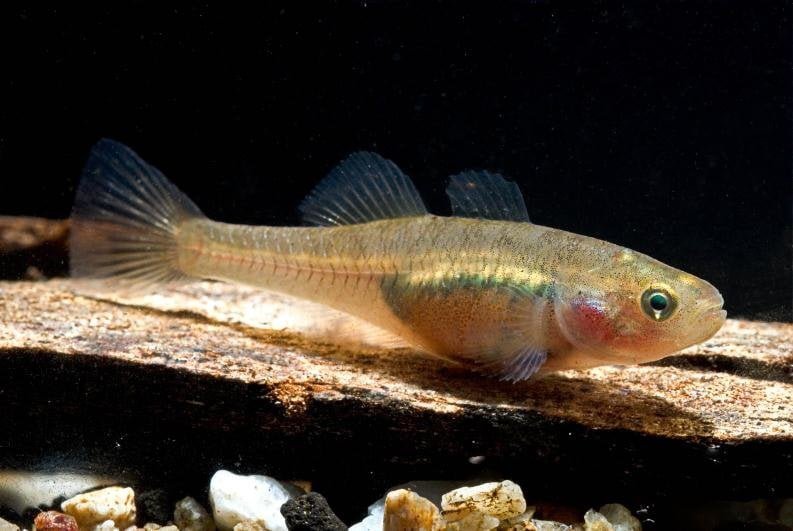
Positive response but diversity still low:
While these results are encouraging and show a positive response from native fish to improved habitat, diversity is extremely low. Due to a number of large weirs downstream that prevent fish movement, this situation is unlikely to improve. Unless there is greater diversity within the system upstream or in tributaries, it is virtually impossible for the fish community to recover on its own, despite the recovery of ideal habitat through riparian and instream habitat restoration.
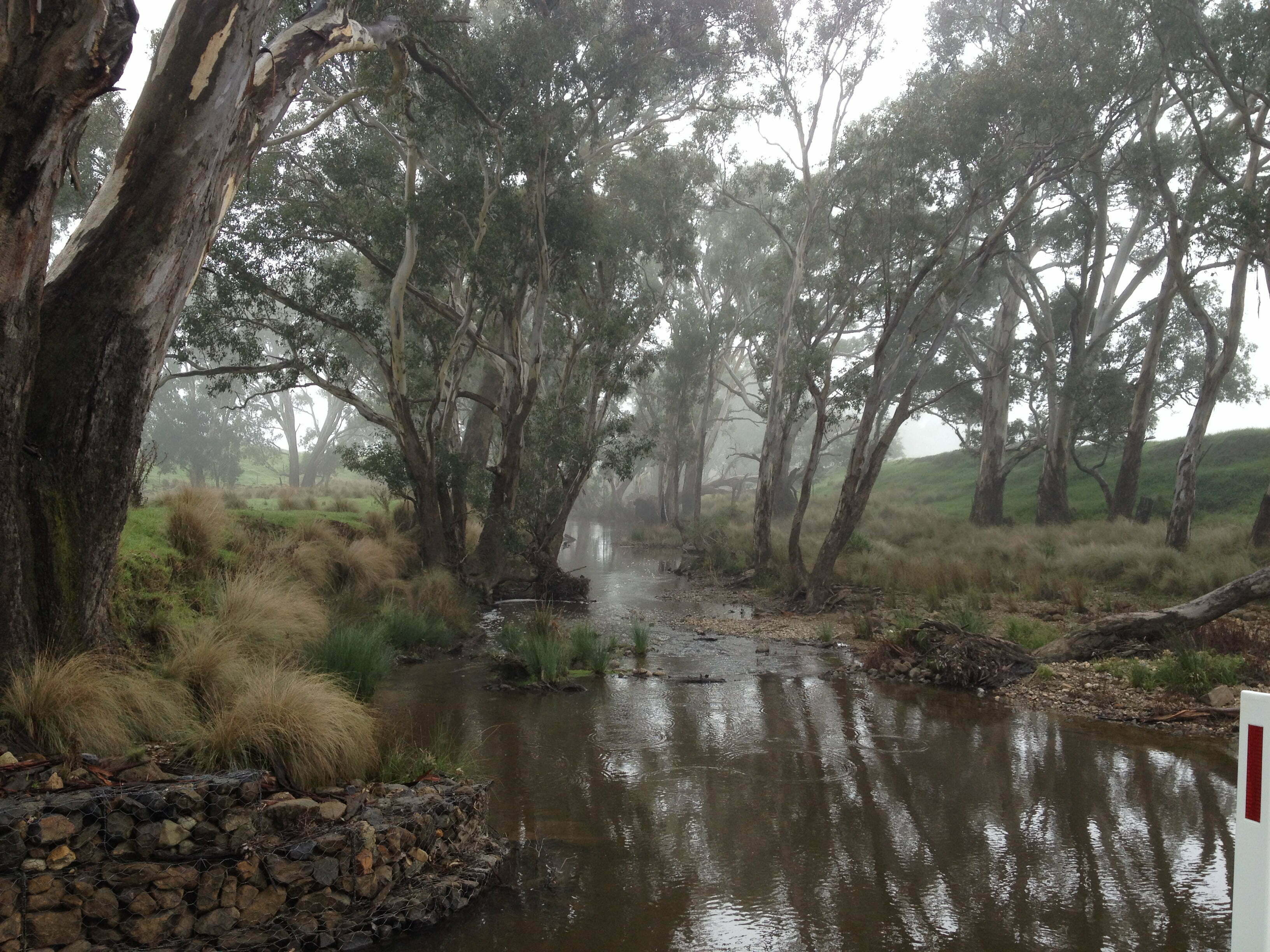
Conservatively, this section of the Yass River is within the historical range of at least nine, and possibly more fish species. Many are now listed as threatened, and some may even be locally extinct from the Murrumbidgee catchment. There are some fish in neighbouring catchments like River blackfish, Flathead gudgeon, Australian smelt and Mountain galaxias that are abundant, and it is almost certain they once existed in the Yass River. Rather than just focusing on a few iconic fish, should we move some other species back into the Yass River and boost its diversity?
Before going any further we need to investigate local Yass waterways to see what species exist elsewhere in the system. We then need to think about what strategies might encourage fish to spread into newly rehabilitated areas. If they are indeed absent from the system, then we can investigate options to to re-establish some species back into the Yass River. This may be via direct translocation, a process that would have to be strictly managed to avoid impacting donor populations.
Translocating from irrigation drains?
One opportunity that may resolve this issue is direct translocation from irrigation systems. There has been a body of work looking at the large numbers of fish diverted into irrigation systems, where many die when the channels are drained or dried during the winter draw down period. These systems present a huge potential source for a number of species, provided they are of the same genetics with River blackfish, Australian smelt, Flathead gudgeons and freshwater mussels all found in irrigation areas. This could be a great resource to repopulate areas where particular species are absent, and can no longer return on their own.
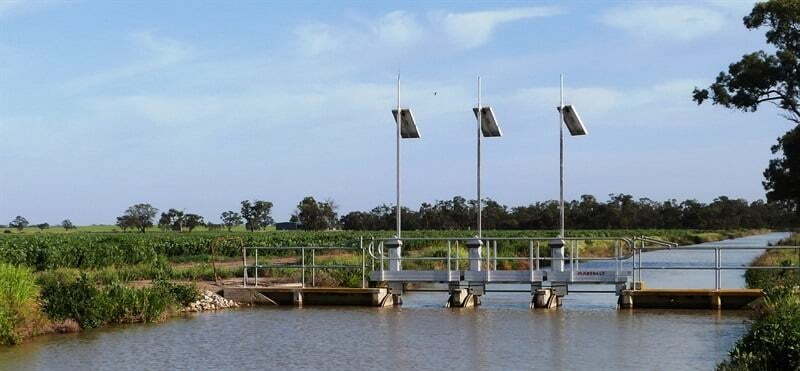
There is currently a push in the terrestrial domain to look at translocating less mobile species into rehabilitated habitats which they can’t reach under their own steam. This is being done under the banner of ‘keeping common species common’. Why should native fish be any different when we happily restock common recreational species, without considering what else may be missing from the system.
If we are serious about rehabilitating our rivers then we need to have a broader focus on rehabilitating as much of the aquatic ecosystem as possible. Having large components of the ecosystem missing has to have major consequences on the function and resilience of that particular ecosystem. Let’s look at ‘keeping common fish species common’ too!
To read this and other great stories like it, you can purchase or download a copy of RipRap 39 magazine. A pdf version of this story is also available to download here.